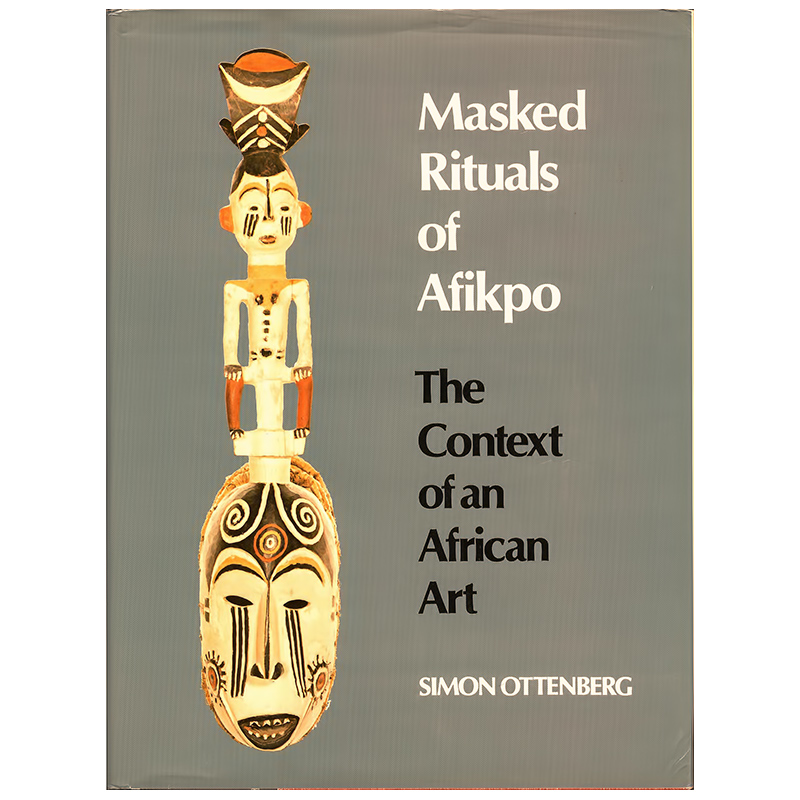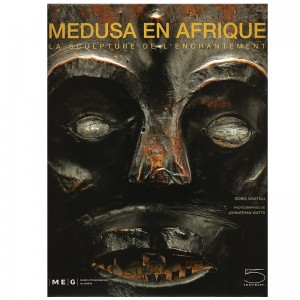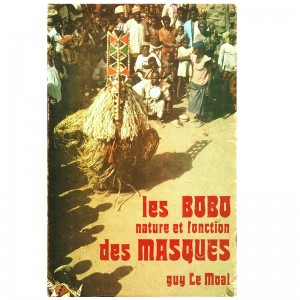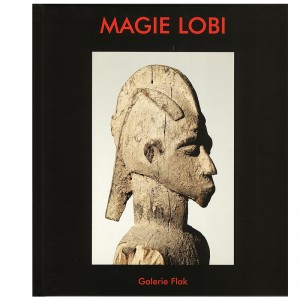MASKED RITUALS OF AFIKPO
Subtitle: The Context of an African Art
Author: S. Ottenberg
Material Type: general or thematic Work
Publisher: The University of Washington Press, Seattle and London, 1975. Hardcover with binding of full fabric editor burgundy with black stylized decorative trim and gold on the wafer under jacket illustrated color good condition with shelf wear, in-4 , size: 22 x 28.5 cm, ISBN 0-295-95391-8
Content: 230 p, 69 ill.. b / w, 16 pl.coul., 8 maps, biblio., 5 tables, glossary, index
Additional information: original edition. Published on the occasion of an exhibition at The Henry Art Gallery, University of Washington from 24 May to 21 June 1975
State of the work: Very good condition
Description
Additional information
| Weight | 1310 g |
|---|---|
| Dimensions | 22 × 28.5 cm |
Related Products
-
SELTENE AFRIKANISCHE KURZWAFFEN
95,00 €Subtitle: Rare African Short Weapons. Few African Handguns. Author: Manfred A. ZIRNGIBL Material Type: general or thematic Work Publisher: Verlag Morsak, Grafenau, 1983. Hardcover cardboard red editor under jacket illustrated color new, in-4, size: 24 x 30 cm, ISBN 3-87553-198-1 Content:. 146 p, 19 ill. b / w, 137 ill. col. 5 b / w…
-
MEDUSA EN AFRIQUE
47,00 €Subtitle: The sculpture of enchantment Author: B. WASTIAU Material Type: Exhibition Catalogue. Ethnographic Museum, Geneva: 14 November to 30 December 2009 Publisher: 5 Continents Editions, Milan, 2008. Hardcover editor cardboard color illustrated dust jacket tucked illustrated in color, in-8, size: 24.5 x 29 cm, ISBN 978-88-7439-468-5 Content:. 240 p, 169 ill. col., biblio., notes and…
-
LES BOBO
90,00 €Subtitle: Nature and Function of Masks Author: G. Le Moal Material Type: general or thematic Work Editor: ORSTOM, Works and Documents ORSTOM No. 121, Paris, 1980. Paperback, 4to, size: 15.5 x 24 cm, ISBN 2-7099-0571-X. Content: 538 + X p, 38 pl.n / b, 3 + 3 independent folding maps HT cards, library, 10 tables,…
-
MAGIC Lobi
50,00 €Author (s): J. BOSC / ITZIKOVITZ M. Name of publisher: Galerie Flak Place and year of publication: Paris, 2004 Material Type: exhibition catalog Format: illustrated color, very good condition. Cardboard editor. Format of the book: in 4 -Nº ISBN: 2-912646-13-8. Dimensions: 22 x 24.5 cm. Illustration: numerous illustrations duotone b / w, 1 map, drawings,…
57,00 €
Out of stock








